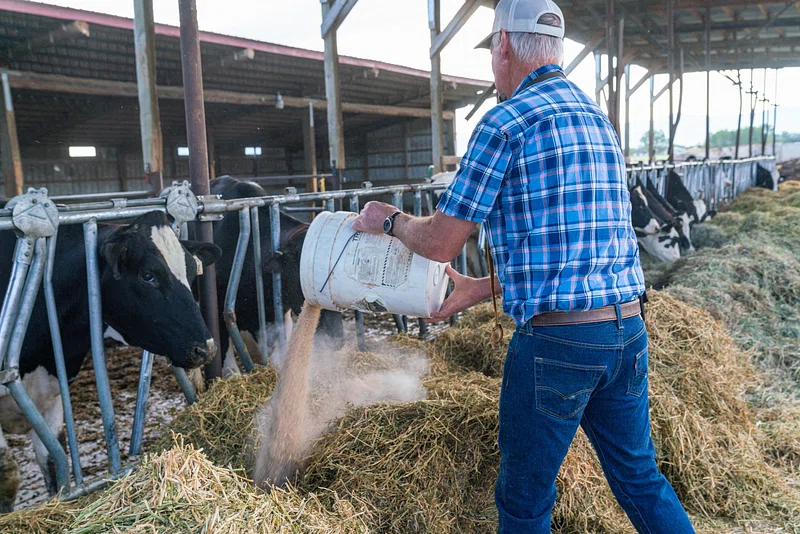
Farm gate milk prices in Australia have seen an increase, offering some respite to the nation’s dairy farmers. However, the latest Situation and Outlook report from Dairy Australia highlights several concerns, including the impact of climate variability, rising input costs, and the dynamics of global markets.
Mark Billing, the president of the United Dairyfarmers of Victoria (UDV), emphasized these challenges during a recent interview with Dairy News Australia on September 22.
The report from Dairy Australia offers a silver lining, stating that the current season’s milk prices are expected to partially offset the rising costs of inputs. Nevertheless, Mr. Billing expressed caution, noting that while Australian milk prices are relatively high compared to global farm gate payments, they are still trying to recover from historically low prices that left many dairy farms burdened with debt.
One concerning consequence of lower prices across the Tasman Sea has been an influx of cheaper dairy products into the Australian market, competing with locally produced goods. Fortunately, the Situation and Outlook report indicates that liquid milk and dairy products from Australia are maintaining their competitive edge, thanks in part to the minimum pricing requirements outlined in the dairy code and increased competition among processors.
On the global front, Mr. Billing observed that the Chinese market’s recovery has been slower than anticipated, affecting New Zealand more than Australia due to its heavy reliance on exports. There remains hope that global demand will rebound in the future.
Input costs, particularly for fertilizers, continue to pose a challenge. Despite a recent drop in fertilizer prices, it’s crucial to remember that these reductions come from a historically high starting point. Australia’s limited capacity for large-scale urea production, coupled with disruptions caused by the Russia-Ukraine conflict, has contributed to the volatility in global fertilizer markets.
The unpredictability of climate and weather patterns is another significant concern, particularly for farmers without access to irrigation. Some regions, like parts of Gippsland, experienced record-low rainfall in July, while southern Victoria faced dry conditions during parts of the winter season. Although some crops in northern Victoria are thriving, others are in dire need of rainfall.
The recent announcement of an El Niño event on September 19 raises concerns about warmer and drier weather conditions in the near future. As Australian dairy farmers navigate these challenges, the hope remains that they can sustain their industry while benefiting from the improved milk prices in the current season.






